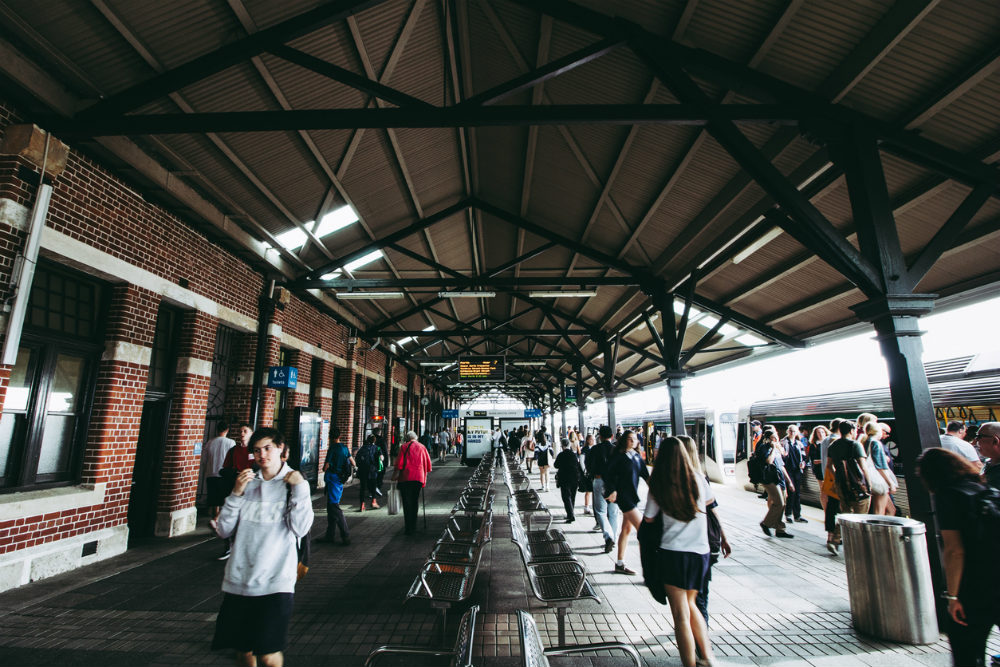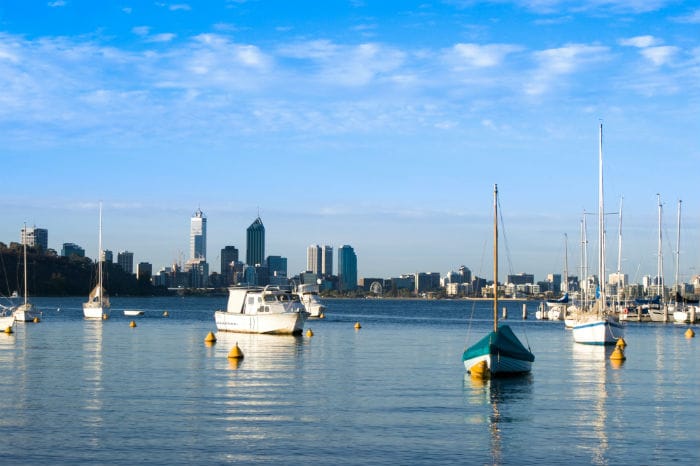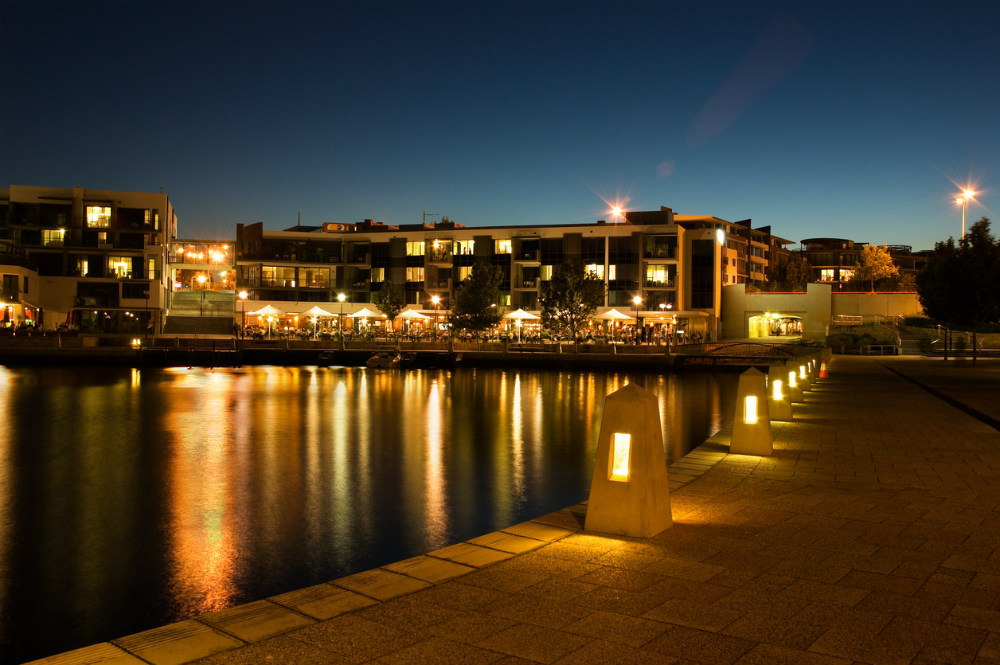Best suburbs to live in Perth
Best suburbs to invest in Perth 2019
Perth, it’s a picture-perfect city and the only major Australian city to gaze out at the vast Indian Ocean from the west coast. Perth has a slice of paradise all to itself and its unique setting has given it a distinguishing character of its own.
There’s no question that Perth is slightly isolated from the country’s busier capitals, however, in terms of real estate, being less attached to Sydney and Melbourne is not necessarily such a bad thing right now. Most of the country’s capital cities have been seeing a steady thawing in property prices this year, with Sydney and Melbourne property markets having been hit the hardest.
That’s not to say that Perth hasn’t been affected, however, the city has had its own problems for many years, largely due to a post-mining boom recession. But although oversupply is still an issue, many experts believe it will bottom out quickly and turn around with a steady and confident return.
Most of the data points towards Perth hitting its lowest property prices early and with a new mining boom gearing up and population growth rising, it looks like now is a better time than ever to look to the west and consider investing in the Perth real estate market.
What did the property market in Perth look like in 2018?

It goes without saying that 2018 was an anticlimactic year for the Australian property market. Most markets around the country slipped, with Sydney and Melbourne having been hit the hardest. Stricter lending measures, less foreign investors and a drop-in clearance rates all led to fewer buyers in the market and lower investor confidence.
But what about the Perth property market? Is it all doom and gloom?
Well, anyone from our most westerly capital could tell you, the whole state has been in decline since its peak in the first half of 2014. To put this in perspective, the Sydney housing market hit its peak at the end of 2017.
The Perth housing market has taken a 13% slide since the last mining boom when the median house price peaked at $616,000. Interest in the resource sector blew away in the dust, and the miners who flocked to mining towns from all around the country cleared out. Perth and WA, in general, was left with an oversupply problem, with many units that were built during the boom left vacated.
According to the QBE Australian Housing Outlook 2018-2021, Perth’s median house prices dropped -0.8% this year, which isn’t all bad considering they dropped -5.6% in 2017. In fact, Perth was actually the third lowest decrease behind Brisbane and Canberra, which were both also below 1%. Sydney, on the other hand, experienced a -7.6% hit.
Units, however, have not been as favourable for Perth this year, as they were down -5.4%, which was the country’s second worst result behind Darwin. This is unsurprising considering Perth’s oversupply issues.
“Units, however, have not been as favourable for Perth this year, as they were down -5.4%”
According to Louis Christopher’s Housing Boom and Bust report, rentals in Perth have actually started to increase. After falling to a low of $410 a week for houses and $321 for units, a small but encouraging comeback has been reported, as rents have risen to $423 for houses and units remaining steady. Another sign of turnaround is that vacancy rates in rentals are down to 5.6%, from a peak of 7.3% a year ago.
With property listings in Perth also up 5% for the month of December, many believe that the market is finding its bottom, and with a new year in sight, things could turn around very quickly.
Perth property market forecast 2019

According to the QBE Australian Housing Outlook 2018-2021, the general consensus on Perth’s real estate market is that by mid-2019, there should be clear skies for growth through to 2021. However, there are a few factors at play next year that may affect when and how Perth’s property market will bounce back.
Some major factors include:
- Continuing regulation by APRA restricting the access to credit, and continuing to make lending difficult to buyers and investors. The restriction of interest only loans has already led to a significant drop in investors over the last year.
- The Reserve Bank’s decision to drop or raise interest rates. At the moment interest rates remain steady, but with pressure from the big four banks, as well as US interest rates mounting, the RBA may consider raising rates if markets are steady next year.
- The trade war between US and China, which could lead to a decline in the demand for Iron ore. Any drop in the price of iron could stamp out any recovering in Perth’s iron ore industry which has just begun making grounds. As mining in Western Australia makes up 29% of gross state product, it has a direct effect on Perth’s housing market.
- If the Labor government succeeds in passing a Negative Gearing Repeal. Although economists are not clear of the immediate effects of repealing negative gearing, many claims that it will affect rent prices, which could be detrimental to Perth’s rental market that is just starting to claw back lost grounds.
Despite these factors presenting their own issues, most experts believe Perth is geared for a market recover next year. Economist Trent Wiltshire stated in his latest report that many things look positive for Perth’s housing market.
“This outlook is underpinned by better economic conditions: new mines are being built, commodity prices are higher, population growth is increasing and employment prospects have improved.”
How are Perth property prices expected to change in 2019?
According to QBE’s Housing Outlook, property prices in Perth will continue to bottom out with a drop of -1.7% mid 2019, before coming back +1.9% in early 2020, and an impressive 4.8% in 2021 – taking the medium house price in Perth to $550,000.
QBE’s predictions point towards an overall growth of 5% in the next two years, which is respectable, considering for the same period Sydney and Melbourne are both predicted to fall -1.2% and -2.5% respectively. This sentiment, combined with an impending mining boom, should have keen investors looking westwards by mid next year.
“QBE’s predictions point towards an overall growth of 5% in the next two years…”
Wiltshire’s report is even more optimistic, with the belief that prices don’t have a lot further to fall and that within a year, Perth could experience a whole 5% growth, and 3% the year thereafter.
“We expect that Perth house prices will grow faster than most other markets in 2019 and 2020 after falling in recent years”, states Wiltshire.
Is unit oversupply an issue in Perth?

The last mining boom pushed demand for units up significantly, much more than the demand for houses, but when the mining industry staggered, many transient workers returned home, leaving many units unoccupied. Unit prices have since taken the largest hit post-mining boom – having dropped -5.4% over the last year – however, they too seem to be bottoming out.
Although unit prices are expected to bounce back eventually, the recovery is likely to be more modest, along the lines of 2% by 2020 and another 2% the year after.
Bankwest’s Chief Economist Alan Langford stated that he believes an oversupply in dwellings in Perth may lead to a slow market return, and although he believes the market is bottoming out, he states that there is still a long way to go.
“Bankwest’s Chief Economist Alan Langford stated that he believes an oversupply in dwellings in Perth may lead to a slow market return…”
“Affordability in Perth compared to Sydney and Melbourne is a big plus, particularly for first-home buyers, but very soft population growth (especially compared to when resource construction was booming a few years ago) means that all of the adjustment to the excess supply over demand is occurring on the supply side,” said Langford.
Despite Langford’s comments, Perth’s population growth rate has risen for the first time in almost a decade to 1.0% in the last year, and with a renewed interest in mining, it seems this figure will only increase – acting as good news in response to Perth’s oversupply issues.
Best suburbs to invest in Perth
With house prices remaining low but a strong consensus on growth (particularly in the stand-alone housing market), Perth is predicted to shape up to be an investor favourite over the next few years.
But where are the best places to put your money?
According to QBE’s Housing Outlook, middle Perth suburbs such as Stirling and East Fremantle performed the strongest this year, clocking in 1.9% growth, where in comparison inner city Perth slipped -0.9%. Outer Perth suburbs slipped further to -2.6%, so there is a definite sweet spot between the two.
In 2019, look out for suburbs within 8km -15km of the CBD that are not only close to rivers and the coast, but can also be bought for under $450,000. Some great examples of places to watch are Stirling, Cottesloe and City Beach, all of which have great potential for steady growth.
The suburbs of Kardinya, Coolbellup, Bedford, Kelmscott and Harrisdale have also recorded large increases in renting activity and should be strongly considered for investors looking to lease properties in Perth.
Source: Luka Osborne, Open Agent, https://www.openagent.com.au

